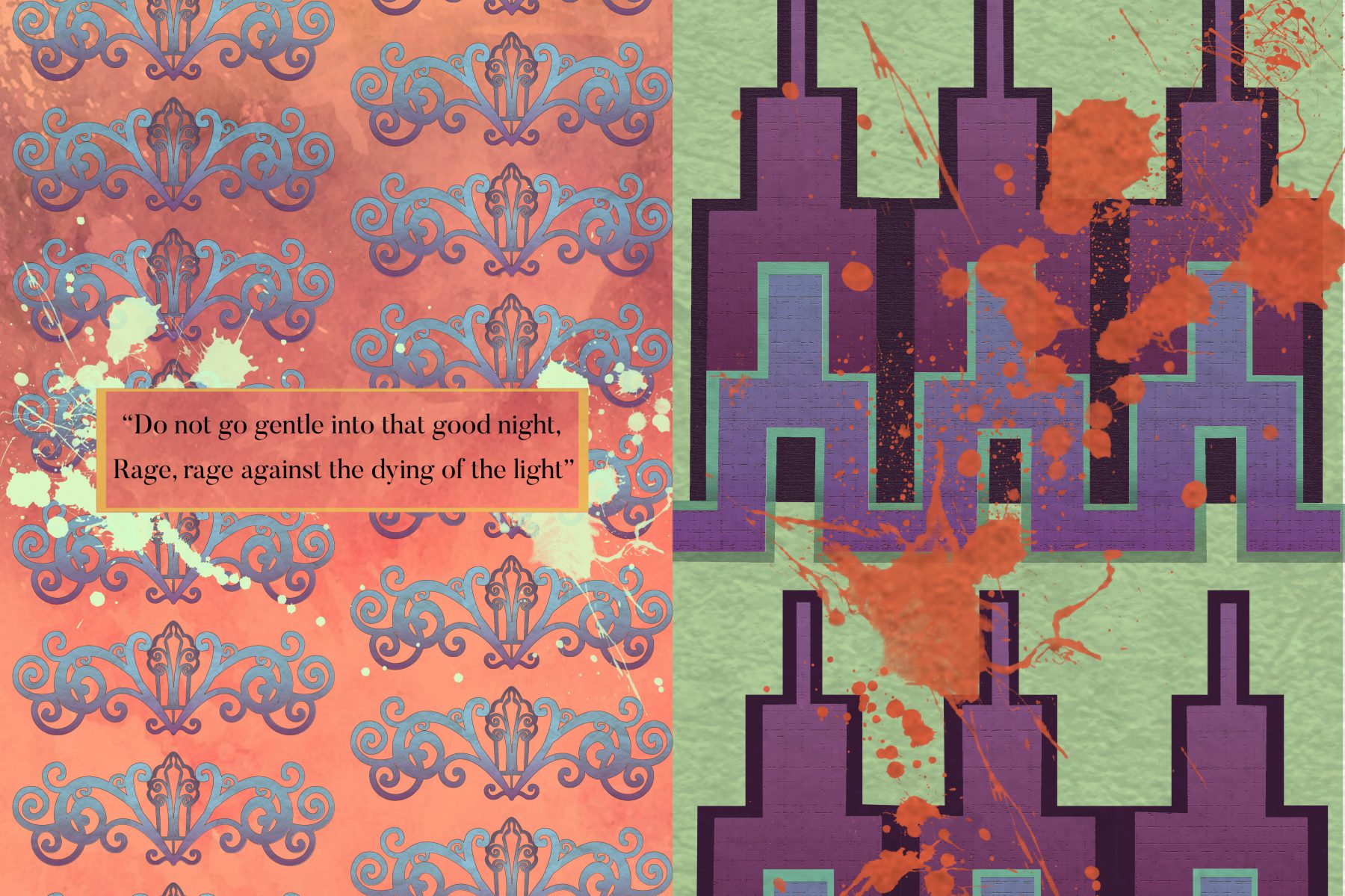
What is Journey
Journey (2012) is an indie artistic adventure game developed by Thatgamecompany and published by Sony Computer Entertainment.
You the player, takes control of a mysterious red robed being who explores the ruins of an ancient civilisation to try and reach the top of a mountain.
What is most unique about Journey is that it tells its narrative and story without the use of dialogue and text. Instead it relies on on music, gameplay mechanics and visual elements to get the player to experience the narrative.

Narrative vs Story vs Plot
Narrative could be seen as the overarching themes that a story tries to tell. Story is the path one takes to convey a narrative and plots are points within the Story that pushes it forward.

So an example would be, the popular series “Game of Thrones” tells the narrative that life is not black and white but full of gray areas through the stories of multiple characters happening simultaneously. It pushes this narrative forward during key pivotal plot points such as “The Red Wedding” Scene.

Storytelling in Games
Journey tells the story of the Monomyth, Jospeh Campbell’s Hero’s Journey. This isn’t anything new by any standard it is has been done in other media such as films like Star Wars and littered through games like the Final Fantasy series

The problem with the current game scene however is that there are not many games that try to tell their stories in a way that is unique to the medium. The actual gameplay mechanics are completely separate from the story and is considered as separate disassociated entities during development . In games like Final Fantasy and Uncharted for example. You grinding through monsters in a turn based system and you crawling around and jumping as Nathan Drake does not tell the story. You can just as easily watch the cut scenes like a film and have the same experience. Don’t get me wrong, some of these games have exceptional writing! It is the way that these stories are told that bothers me. Throughout history new mediums have always tried to imitate the mediums before them. When Film first appeared, it tried to emulate how books told story for example. However eventually they developed techniques and methods of storytelling that become unique. Games should do the same.

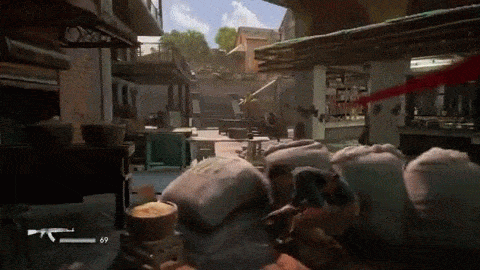
That being said, there has been developments. Storytelling through hypermedia and “choose your own adventures” where the player has some control over the story that is presented to them are some examples of such developments. But even so, for games such as the currently popular Detroit becomes Human (2018) or Telltale games or Dragon Age Series, they only give an illusion. They give only the semblance of infinite possibilities but in essence, it boils down to a handful of different stories that tell the narrative. You can still watch these stories like a film on youtube and not lose out on the experience.
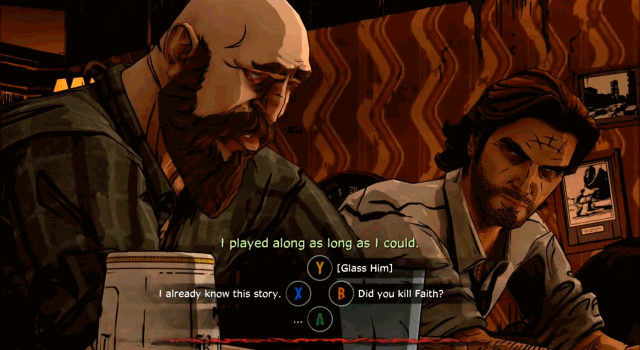
Games are unique from other medium in that you as the participant or player are given the power to do action. In other words, the “play” aspect is what is unique to games. Yet, there are very little games that tell their stories through doing. For the longest time, we have dissociated gameplay mechanics as a different entity from the story or the narrative of the game and this should not be so as gameplay mechanics are what is most unique to this medium. There are some games that masterfully design the play aspect to be integral to the story telling.
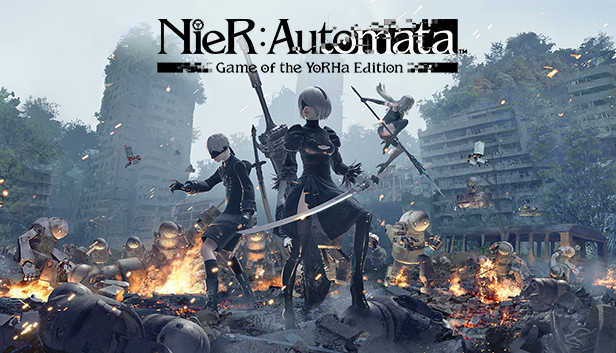
In NieR: Automata for example. That final moment when you are prompted to sacrifice your own save file can only be fully experienced by playing the game itself. Watching someone else sacrifice their save file on youtube is a very different experience from sacrificing something of your own that you have cultured with your own time and effort. And this definitely pushes forward the game’s overarching narrative on self sacrifice.
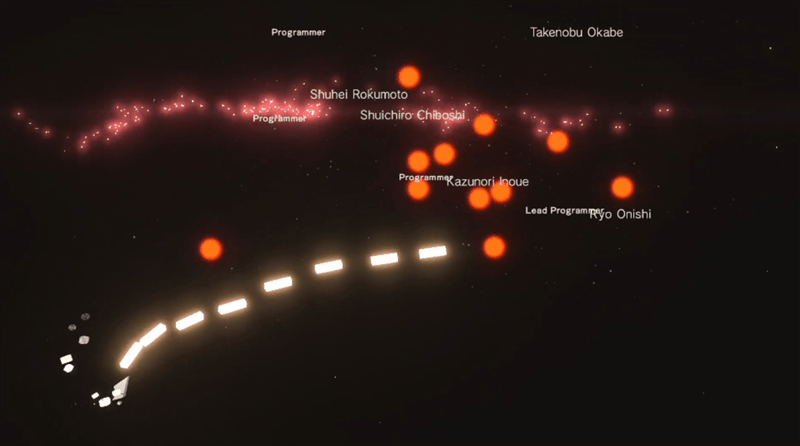
And here, one other game that does also does experiential story telling is Journey.
So how Journey does it?
Journey was designed through subtraction. To create a different experience, it created a game by removing some aspects that are traditionally associated with a game. As mentioned earlier there are no text nor dialogue in the game. The designers brought this further however by also taking away things like a health bar, or a point system. There is no way for you to “Win” the game in journey nor is there in inherent challenge as you can’t die and fail in journey either. One might think that removing elements traditionally thought of as essential in a game might make Journey less of a game, but the opposite happened.What you get is a game whose story is told through every aspect of the game, from the aesthetics, to the music to the gameplay. Journey is now lauded as the foremost example of games as an art form all due to its phenomenal aesthetics, game design and score that are integral in its story telling.
Journey’s masterful visual communication sets in from the beginning during the tutorial segment of the game. Journey takes place in an a dessert wasteland. Yet despite this, the Player never feels lost, nor do they ever not know where to go and the game does this through prominent design queues.

A speck in the distance clearly tells you that you are to head there.


Prominent structures that are different from the rest also provides the same effect.


Even the game’s end goal, that is the top of the mountain is always seen and prominent throughout the beginning of the game.
The designers have also cleverly used colour to teach players on what to interact with. The player’s avatar has been coloured red to stand out from the rest of the environment at any stage of the game, be it the dessert wasteland, the snowtop mountain or the underground ruins. Besides this, the designers have also made, objects that the player can interact with the same bright red colour.

Other elements within the game are clearly represented through colour too. Red represents the player and life. While white represents the past and guiding forces or boons that help the player in their Journey. Like the white robed figures that guide the player.

The moment the player sees a colour that is very different from these, they immediately know that something is up. And that is exactly what happens when the player enters the underground segment of the game and encounters the giant mechanical serpents which the player has to avoid.


And colour is used to tell the story too. Towards the final part of the game where the player goes through the trials segment of the Hero’s Journey, the colours become very muted, the snow is grey and even the player becomes a dull grey colour to show the life being sapped out of them.
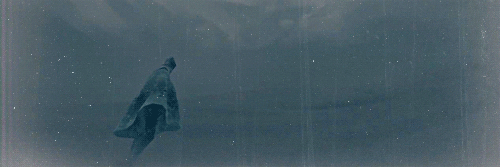
The music in Journey too, within itself tells its story. First and foremost, the music aptly matches each segment of the game. The underground parts sound dark and somber while the exciting parts like sliding down the sand dunes and flying up the mountain sound exciting and lively.
Even the title of the soundtracks line up with the stages of the Hero’s Journey.

https://www.youtube.com/watch?v=KeKnkaB0MBE
But beyond that, the score in itself is dynamic and reacts to the game.
Journey’s Composer, Austin Wintory, chose five soloist that represents different aspects, like how colour was used to represents different themes, the same thing was done with instruments. The Cello for example, represents the main character and is a sound that could be found consistently in all tracks. The flute soloist only comes in whenever you are interacting with the world or interacting with the white robed ancestors. The harp and the viola soloist on the other hand are only heard whenever you have a companion with you. And the volume of these soloists are also dependent on the distance between you and your partner. Lastly, the serpent instrument only comes in when a threat is nearby.
“Musically it’s like a big cello concerto, where you are the soloist and all the rest of the instruments represents the world around you , including other players” – Austin Wintory
Most of all, what is most amazing about Journey, is that its gameplay pushes its narrative forward too. At the end of the game upon reaching the mountain top, you turn into a shooting star, flying through all the places you have just explored, and return to the start of the game. So what is the ultimate boon you receive at the end of the Hero’s Journey, in Journey? It is knowledge of the game. Throughout the game, you might meet other players who have already played the game and show you the way. And now it is your turn, to bestow your knowledge as a boon to other travellers in Journey. To help them with their Journeys. And that is the core of Journey’s narrative, to make your experience in life a blessing to other people, to help other people. And this is clearly told through the gameplay. Being with another traveller refills your scarves flying power. Multiple play throughs also will grant you the white robes worn by your ancestors. You become that guiding entity in turn.
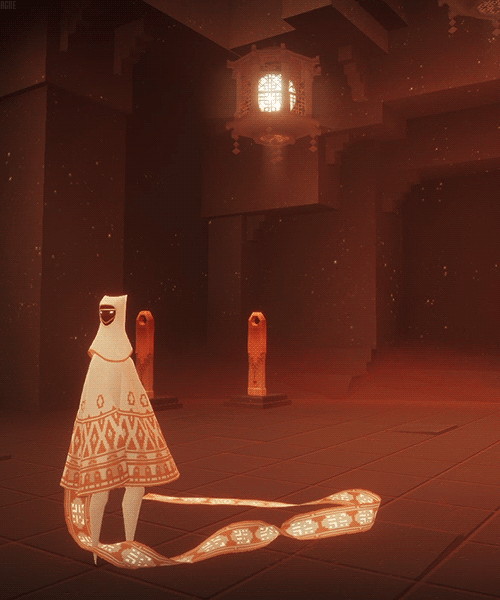
So what
So what if we tell a narrative through doing rather than showing, how is it any different? I would say, it is simply because it is more powerful. Yes we can achieve catharsis from watching or reading. How many a times have we been able to connect to the characters in a scene or on the pages on the book, put ourselves in their shoes and heal as they heal. Being able to do the healing yourself however, is on a different level.
Furthermore, it adds to the immersion of the game. Emotional investment is an element that is key for the deepest levels of immersion. That is essentially how books and film achieve levels of immersion that VR fails in. By taking part in the narrative. By sacrificing your own save file, by being the one to guide others yourself, this experience becomes truly and ultimately yours and that gives you a higher level of emotional investment than any traditional medium can give.
And with that thank you for reading this piece and I hope you have a nice day ! 😀

My Gameplay
References
Jacobs, B. M. (2017, March 26). Retrieved January 19, 2019, from
GameScoreFanfare. (2017, July 06). Retrieved January 19, 2019, from
PostMesmeric. (2016, January 10). Retrieved January 19, 2019, from
Thinreaper. (2015, May 05). Retrieved January 19, 2019, from https://www.youtube.com/watch?v=ZBMDEupI8n0
ExtraCredits. (2012, July 19). Retrieved January 21, 2019, from https://www.youtube.com/watch?v=SWKKRbw-e4U
ExtraCredits. (2012, July 25). Retrieved January 21, 2019, from
ExtraCredits, E. (2019, January 16). Retrieved January 22, 2019, from https://www.youtube.com/watch?v=hmEa-YAcFk8
Anthropy, A., & Clark, N. (2014). A game design vocabulary: Exploring the foundational principles behind good game design. Upper Saddle River, NJ: Addison-Wesley.
